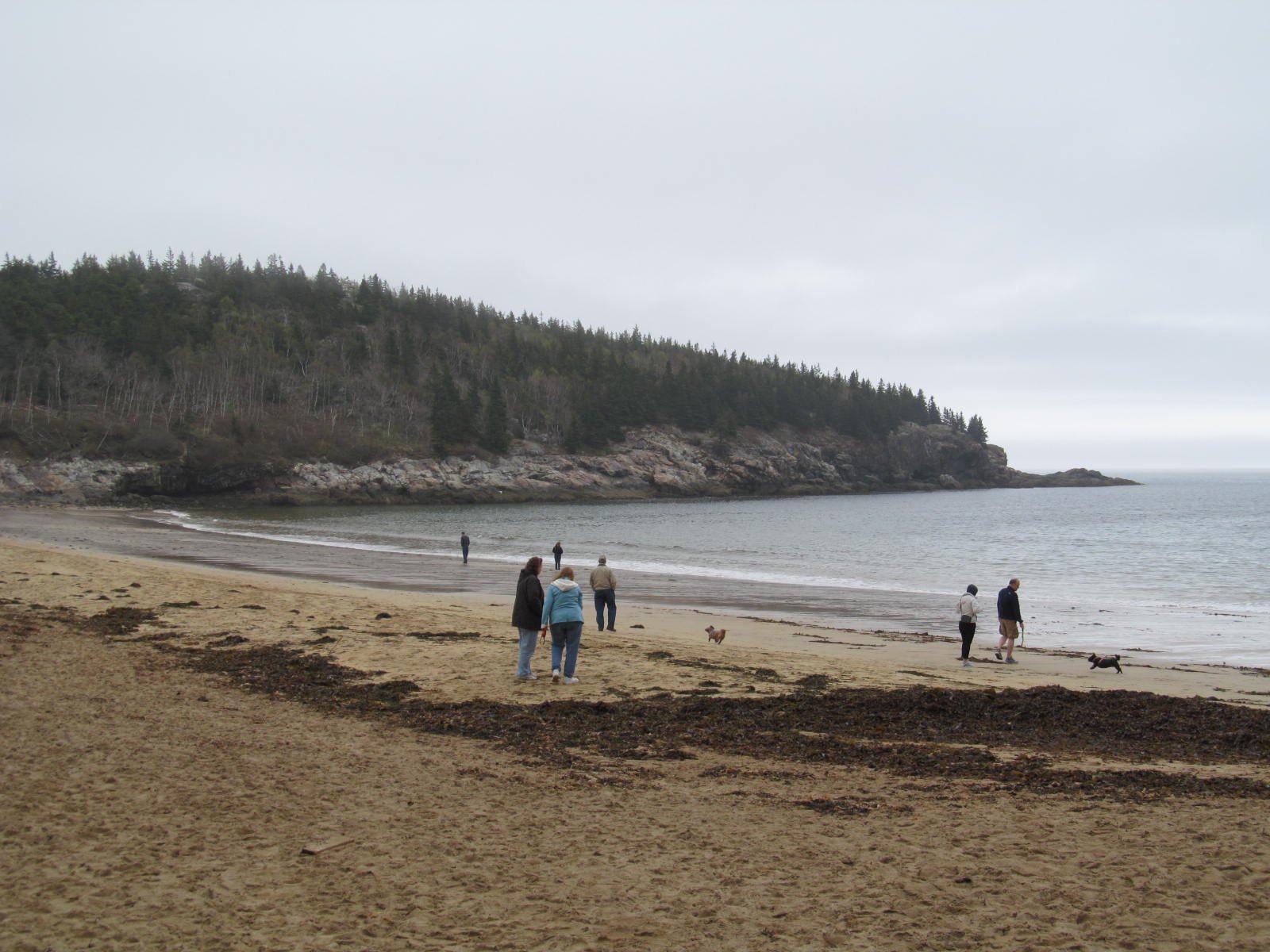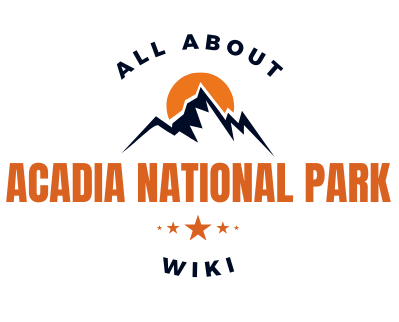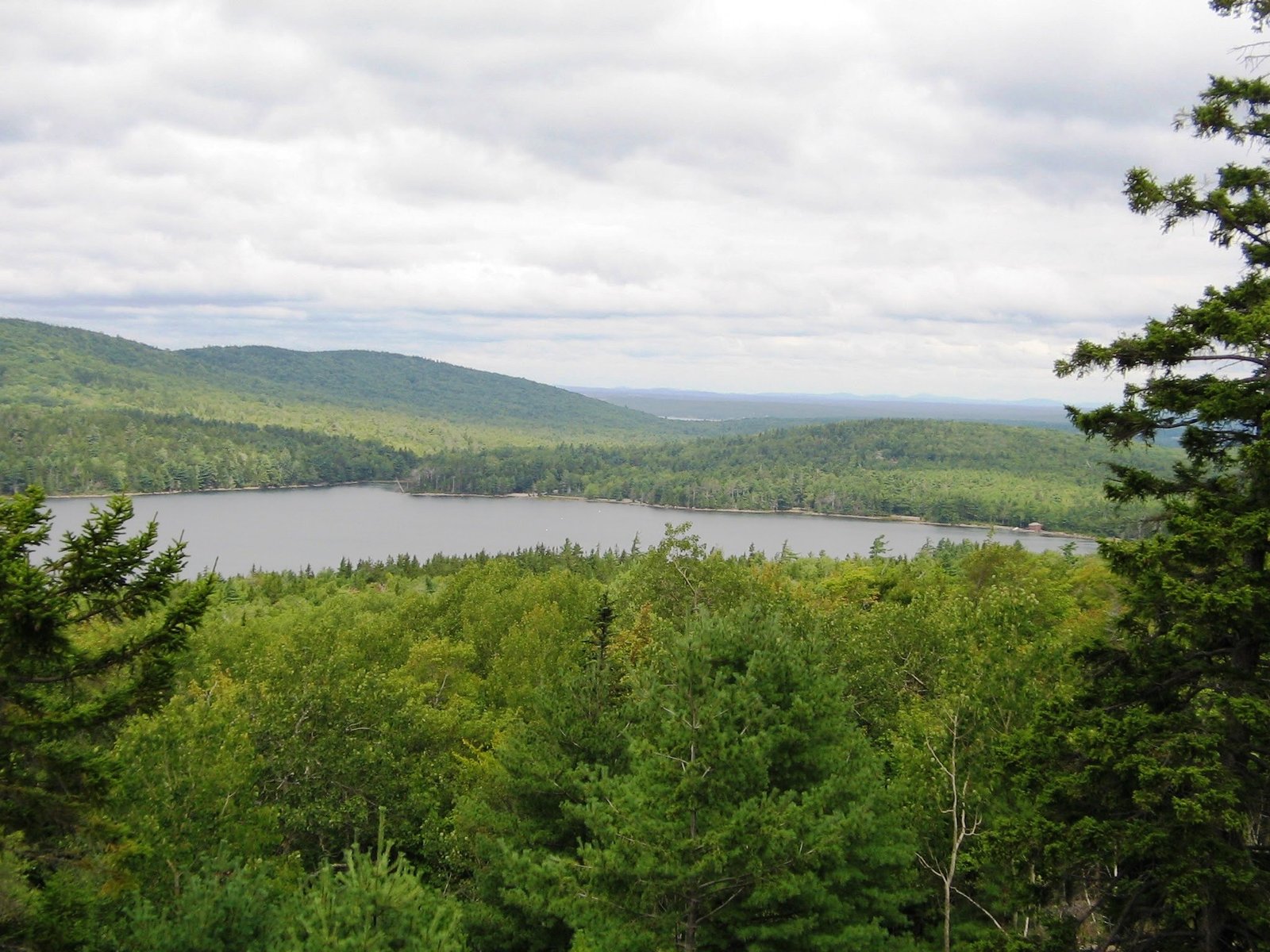Acadia National Park offers exceptional stargazing opportunities with its dark skies and diverse landscapes. From the summit of Cadillac Mountain to the shores of Jordan Pond, visitors can experience breathtaking views of the night sky. This guide provides detailed information on the best locations for stargazing, optimal viewing times, and essential tips to enhance your celestial experience in Acadia National Park.
Where Are the Best Spots for Stargazing in Acadia National Park?

Acadia National Park boasts several prime locations for stargazing, each offering unique advantages and experiences. Here are the top five spots:
- Cadillac Mountain
- Highest point in the park
- Panoramic views of the night sky
-
Accessible by car until midnight in summer (vehicle reservation required)
-
Jordan Pond
- Multiple vantage points around the pond
- Minimal light pollution
-
Parking available at Jordan Pond House
-
Sand Beach
- Protected from light pollution by surrounding cliffs
- Unique sandy beach setting
-
Easily accessible with nearby parking
-
Seawall Picnic Area
- Located on the quieter west side of Mount Desert Island
- Ideal for campers at Seawall Campground
-
Day use parking available after sunset
-
Schoodic Peninsula
- Most remote stargazing location in the park
- Darkest skies for optimal viewing
- Best accessed from Schoodic Woods Campground
When Is the Best Time to Stargaze in Acadia National Park?

To maximize your stargazing experience in Acadia National Park, consider the following factors:
- Season: Summer months, particularly July and August, offer the best visibility of the Milky Way
- Moon Phase: Plan your visit during a new moon for the darkest skies
- Time of Night: Wait at least an hour after sunset for optimal darkness
- Weather: Clear or near-clear nights provide the best viewing conditions
What Equipment Do You Need for Stargazing in Acadia?
While stargazing can be enjoyed with the naked eye, certain equipment can enhance your experience:
- Telescope or binoculars for detailed celestial observations
- Red flashlight to preserve night vision
- Star charts or astronomy apps for constellation identification
- Comfortable seating (e.g., camping chairs or blankets)
- Warm clothing, even in summer, as temperatures can drop at night
Are There Any Organized Stargazing Events in Acadia National Park?
Yes, Acadia National Park and the surrounding area offer several organized stargazing events:
- Acadia Night Sky Festival
- Annual event held in late September
- Features expert talks, workshops, and hands-on experiences
-
Check the festival website for schedules and updates
-
Ranger-Led Programs
- Occasionally offered by park rangers
-
Availability varies, so check with the park service for current schedules
-
Maine State Star Party
- Hosted by Downeast Amateur Astronomers
- Held in nearby Cobscook Bay State Park
How Can You Minimize Light Pollution While Stargazing?
To ensure the best stargazing experience and preserve the dark sky environment:
- Use red flashlights or cover white lights with red cellophane
- Turn off vehicle headlights when parked
- Avoid using flash photography
- Respect quiet hours in campgrounds and other areas
What Are the Park Regulations for Nighttime Activities?
When planning your stargazing adventure, be aware of the following regulations:
- Vehicle reservations required for Cadillac Mountain during peak months
- No overnight parking or camping allowed at Sand Beach
- Observe posted quiet hours in campgrounds
- Follow Leave No Trace principles to protect the park’s natural environment
Can You Photograph the Night Sky in Acadia National Park?
Astrophotography is popular in Acadia National Park. Here are some tips for capturing the night sky:
- Use a sturdy tripod to stabilize your camera
- Set your camera to manual mode with a high ISO and wide aperture
- Experiment with long exposures to capture star trails
- Consider using a remote shutter release to minimize camera shake
What Celestial Objects Can You See from Acadia National Park?
Depending on the time of year and sky conditions, you may observe:
- The Milky Way (best viewed in summer)
- Constellations such as Ursa Major, Cassiopeia, and Orion
- Planets like Jupiter, Saturn, and Mars
- Meteor showers (e.g., Perseids in August, Geminids in December)
How Can You Prepare for a Safe Stargazing Experience in Acadia?
Ensure a safe and enjoyable stargazing experience with these precautions:
- Familiarize yourself with the area during daylight hours
- Bring plenty of water and snacks
- Dress in layers to accommodate temperature changes
- Inform someone of your plans if stargazing in remote areas
- Carry a fully charged cell phone for emergencies
By following these guidelines and exploring the various stargazing locations in Acadia National Park, you can create unforgettable memories under some of the darkest skies on the East Coast. Whether you’re a seasoned astronomer or a casual observer, Acadia’s celestial wonders offer something for everyone.

